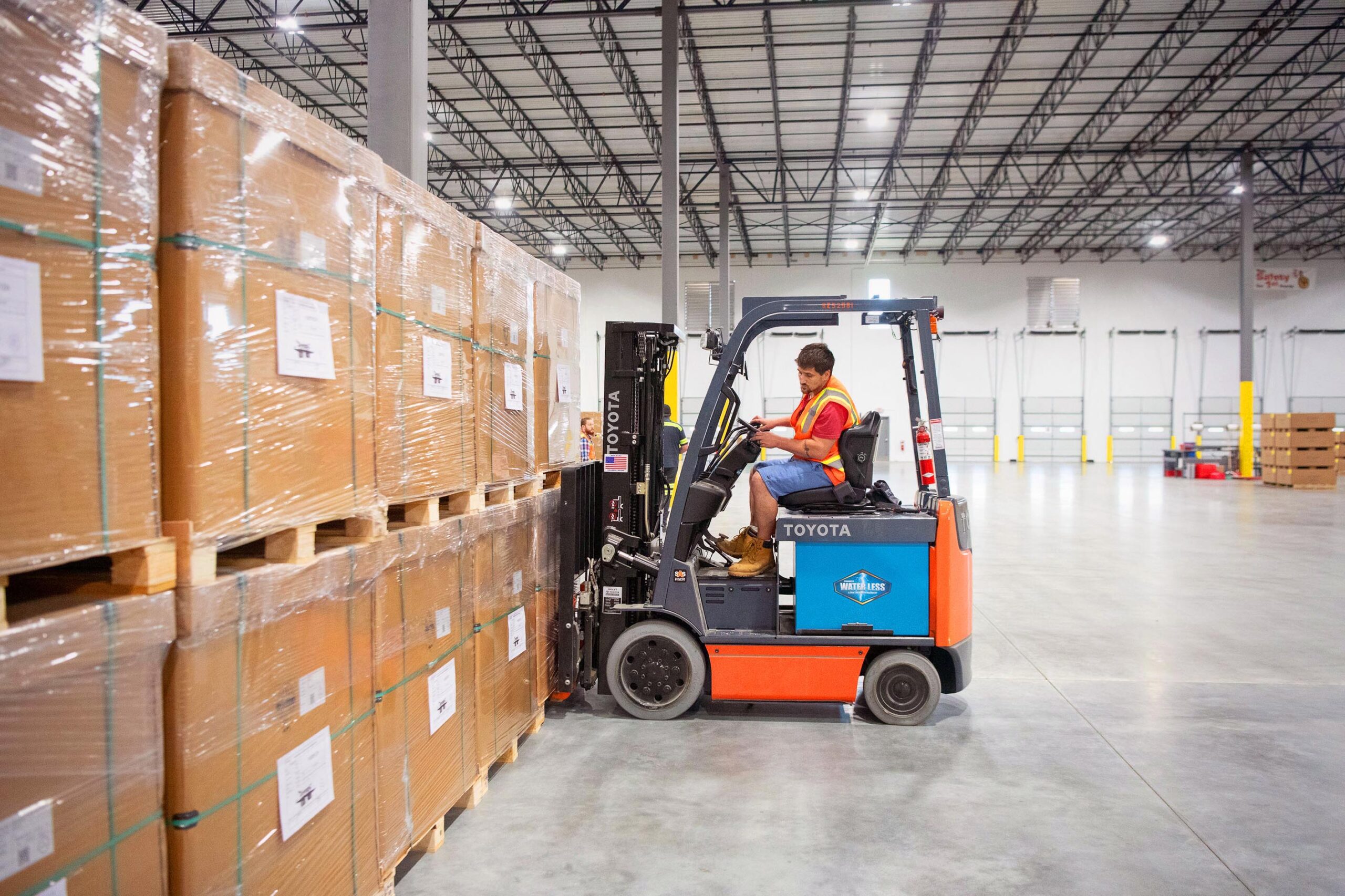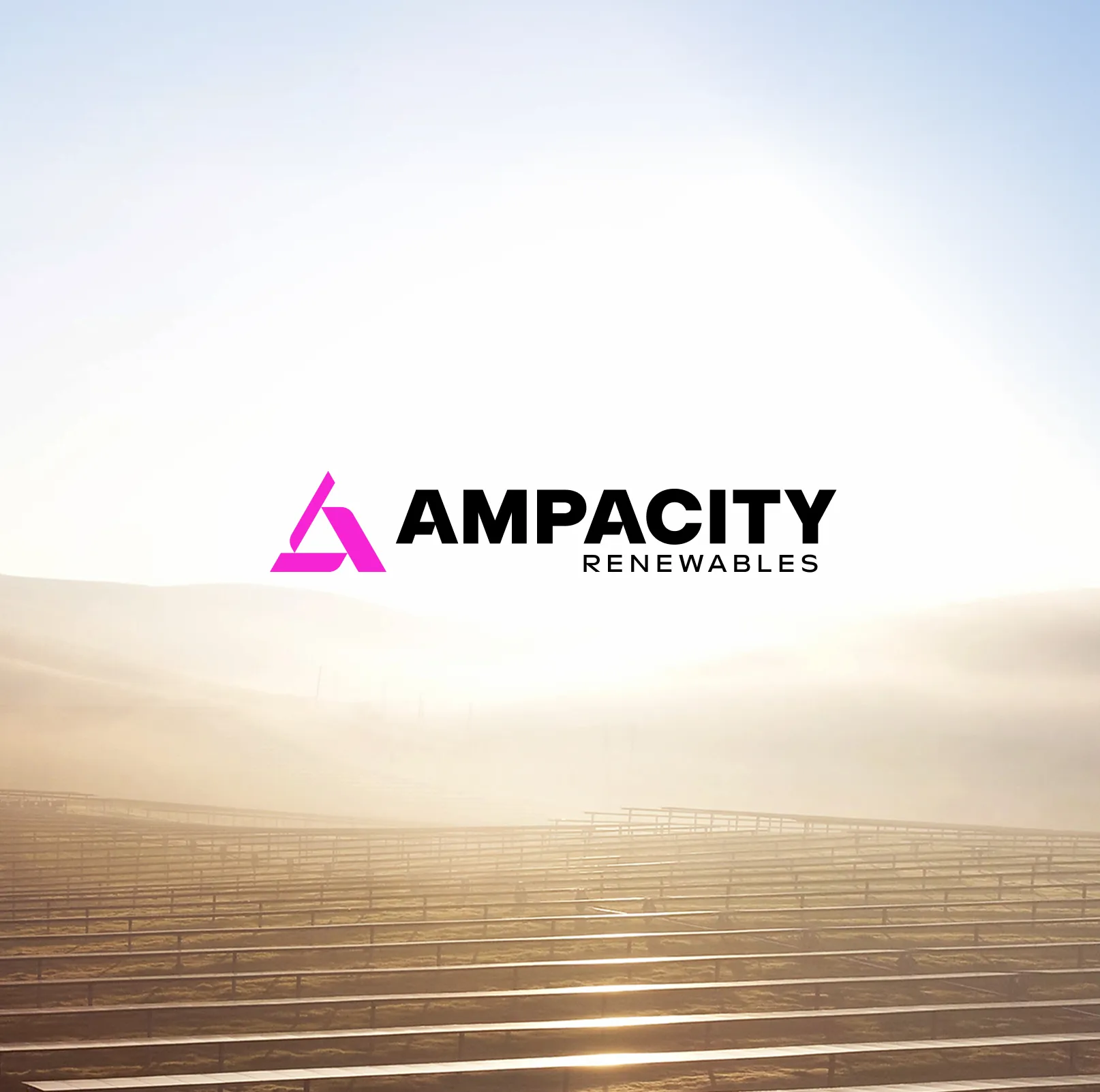How distributed generation solar is meeting America’s energy demands
Published in Solar Power World, contributed by Bri Bruce, Senior Director of Marketing, Ampacity
Surging Power Needs
For the first time in decades, demand for electricity is rising – and quickly. From data centers dedicated to artificial intelligence and cryptocurrency to the electrification of domestic manufacturing and transportation, power needs are predicted to rise to new all-time highs. The National Electrical Manufacturers Association (NEMA) reported in a recent study that US electricity demand is projected to grow 50% by 2050, driven by data centers and electrification.
So, how will our nation meet this demand, affordably and quickly?
The answer is not straightforward, and to date, our track record has not been stellar. According to the Solar Energy Industries Association (SEIA), electricity supply has not kept up with demand over the past decade. Electricity prices increased 20% from 2020 to 2023, due to a lack of supply and needed upgrades to America’s transmission and distribution network.
As we navigate a shifting global trade environment, strained supply chains, and the lingering threat of inflation, all eyes are on deployment, both of new generation and the grid infrastructure needed to support it.
All-of-the-Above Energy?
The realities of spiking electricity demand has policymakers and investors alike speaking in terms of an ‘all-of-the-above’ energy strategy. Grid operators like PJM have created fast-track interconnection pathways to shore up supply, capacity auctions are sending crystal-clear market signals, and longstanding plans to decommission power plants are being reconsidered.
But while all electrons may serve the same function, different types and sizes of generators face very different timelines. For instance, units 3 and 4 of the Vogtle nuclear plant in Georgia took 15 years to build. Lead times for gas turbines from leading OEMs can stretch more than five years. Coal plants are rarely economic to run, and there are none that are currently in development in the U.S.
Solar and energy storage are lower cost and twice as fast to deploy compared with competing types of generation, but large solar and storage projects still linger for years in choked interconnection queues and permitting processes. How can we make more progress towards adding generation capacity that will meet the moment?
Distributed Generation Solar Should be Part of the Solution
Renewables are undoubtedly one of the most rapidly scalable and cost-competitive ways to deliver power. These technologies are quicker to deploy than nuclear or natural gas, and their supply chains are far more robust.
Distributed generation (DG) or “middle market” solar assets, in particular, are a stand-out solution. Because DG projects have a less significant impact on overloaded electrical grids, they spend less time in interconnection queues, providing states with a viable and affordable option for meeting rising energy demands. Solar projects that interconnect with utility infrastructure at lower voltages, such as at most community solar plants, can also help avoid costly upgrades to substations and transmission lines.
Beyond meeting power needs, DG solar projects create jobs in construction, installation, operations, and maintenance, and of course, reduce pollution compared with carbon-emitting generation sources. This strengthens local communities and ensures a healthier environment for generations to come.
The Promise of Community Solar
In a few states, community solar farms already provide low-cost clean power and optionality for retail electricity customers at scale. Community solar policy has enabled gigawatts of solar capacity year over year, with a substantial 35% surge in growth in 2024, led by New York, Maine and Illinois. In light of spiking electricity demand and a crisis of affordability across the country, more states are in the process of introducing community solar as an option for their ratepayers.
A recent analysis by the Coalition for Community Solar Access (CCSA) highlights the benefits that community solar provides beyond the inherent megawatt hours of clean power. CCSA reports that community solar could unlock more than $120 billion in economic activity nationwide. Each gigawatt (GW) of community solar can support more than 18,000 local jobs and generate $2.8 billion in state economic activity, according to CCSA’s findings.
Speed and Efficiency Are Key
Building renewables projects, albeit much faster than other generation sources, is nevertheless quite an undertaking. Navigating real estate and land leases, overcoming permitting hurdles, and managing supply chain issues can all impact how quickly projects are placed into service. That’s why bringing speed, precision, and quality to small-scale and middle-market solar development is so critical.
Although the core components—such as modules, inverters, and trackers—attract the most attention, every aspect of renewable energy project construction can be optimized. For instance, consider the sheer amount of labor it takes to construct even a mid-sized community solar farm. Solutions that simplify fieldwork, streamline construction processes, and can be repeated across full portfolios of small-scale solar projects are critical for accelerating capacity additions.
As demand for power continues to rise, driven by the expansion of data centers and advanced manufacturing facilities, the need for efficient, scalable energy solutions has never been greater. By making small solar projects repeatable and efficient to execute at scale, we can add capacity faster and smarter, meeting growing demand without letting go of our climate goals.
About the Author
Bri Bruce is the Senior Director of Marketing for Ampacity. She joined the company in 2017, and since that time, has led the company’s internal and external marketing functions, shaping the company’s overall strategy while overseeing content creation, digital initiatives, social media, and public relations. She is an unparalleled brand ambassador for Ampacity, executing programming to drive business outcomes, foster customer and partner relationships, and increase market share, while advancing the company’s visibility and reputation.
Ampacity delivers a forward-thinking approach to end-to-end structural and electrical solutions for clean energy transition projects, and the ability to orchestrate the full process from engineering to kitting to installation. Since 2014, Ampacity has delivered nearly seven gigawatts of fully engineered clean energy systems to community and utility-scale solar customers in the U.S. and Canada. Learn more at www.ampacity.com.





